32 tips for runners, whether you're new to running or trying to hit a PB
New to running and looking to improve your speed or up your distance? We've got a great selection of tips to help you reach your goals


If you're new to running and looking to make progress in your distance or pace, it's useful to have tips and tricks to help you get there and make the most of your training.
Running is one of the most popular sports in the world - and for good reason. It's one that (almost) everyone can do, no matter the starting level of fitness or experience.
To help you make progress, digital health editor, certified fitness instructor, and marathon runner Grace Walsh reveals her tips for runners - from choosing the best running shoes for you, to the best recovery techniques.
Track your runs

It's a good idea to track your runs using a fitness app or a fitness tracker. These are useful while you're running to tell you how far you've gone, the pace you're running at, and your heart rate. When you're done, they inform you of your statistics for the whole session, which is essential if you have fitness-related goals linked to running.
These apps and devices can also be a great form of motivation, pushing you to try harder each time you head out the door.
Our pick of the best fitness trackers...

The Fitbit Versa 4 is one of the new Fitbits on the market, complete with over 40 workout modes, in-built GPS, and an easy-to-use interface.

A heart rate monitor like the MyZone MZ-3 can help you monitor your fitness without needing to wear a watch. Best suited for the low-maintenance fitness trackers out there, it's worn around your chest during a workout to monitor everything a watch does, from your heart rate to calorie burn.
Start slow

One of the most common running mistakes is starting off too strong, running too fast or trying to run multiple times a week straight away. It's best to start off slower and build up to avoid injury and maintain motivation.
Sign up to our free daily email for the latest royal and entertainment news, interesting opinion, expert advice on styling and beauty trends, and no-nonsense guides to the health and wellness questions you want answered.
To start with, run at a speed where you can comfortably hold a conversation (also known as the 'easy pace') and go once or twice a week. As you build up your fitness and your body gets used to the extra strain, you can go faster and more often.
Incorporate strength training into your routine

Many runners, understandably, exclusively focus on running. While it's important to run regularly to improve your performance, it's best to combine the cardio exercise with some strength training. Also known as resistance training, this type of exercise uses weights - like barbells, dumbbells, and kettlebells - to improve strength and endurance.
As well as improving running performance, strength training can help reduce the risk of a injury by strengthening the small muscles around those most commonly used in running.
Make sure to stretch

It can be tempting to just pull on your running trainers and head out the door - especially if you're only planning to go for a short session or run slowly. However, it's important to complete a set of dynamic warm-up exercises before every run to get your muscles prepared to exercise.
A dynamic warm-up is a sequence of movements you perform before exercise where you stretch the muscles while moving. It aims to improve blood flow to the muscles and increase mobility and flexibility to get the body ready for exercise.
Remember to cool down

In much the same way that it's essential to stretch before doing exercise, it's important to cool down after exercise. When cooling down after a run, it's a good idea to focus on developmental stretches, which are held for at least 30 seconds and tend to focus on one muscle at a time - such as the quadriceps (thighs), hamstrings (back of thighs), calves, ankles, and so on.
A cool-down helps to keep you comfortable post-exercise by a sudden drop in heart rate that can lead to conditions like blood pooling in the legs and injury. It can also help to prevent delayed onset muscle soreness (DOMS), which is typical in many beginners.
Be comfortable in your kit
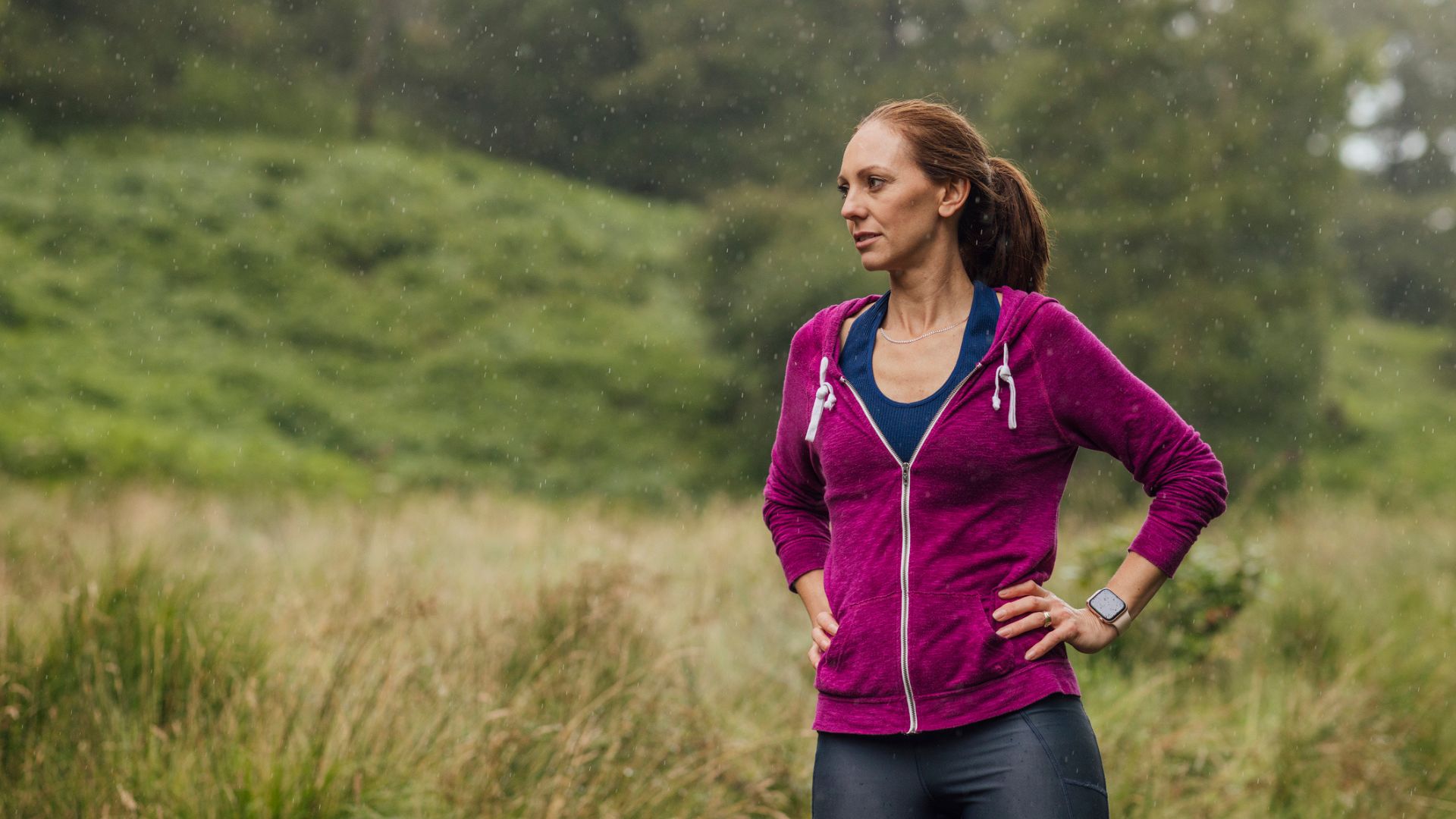
If you're regularly seeing runners on social media, it's easy to think you need all the latest kit, running shoes, vest, and so on to be a runner. That's not the case.
One of the best things about running is that you really don't need specialist kit to take part - unlike cycling, for instance. All you need to run is a comfortable pair of trainers, a pair of gym leggings or running shorts, a supportive sports bra, and a t-shirt. It's also useful to have a waist pouch or running vest to hold your phone and keys - but you could also hold these or store them in a pocket.
Tune in to music or podcasts

Tune into your favourite podcasts and playlists to keep boredom at bay when you're running. Many people also find listening to something on the move helps with motivation and improves effort, per a large review by Samford University in Birmingham, UK.
Podcasts can also help put you in a mindful state, helping you get into running meditation, which has been shown to have positive and long-lasting effects on mental health.
Find a training plan

There's nothing wrong with going for a jog or longer run without a plan in mind. However, if you're looking to run for longer or faster, then it's a good idea to have a training plan that's designed to suit your current fitness levels.
Many are available via apps on your phone's app store. These often come with a monthly or yearly fee, but are designed to help you meet your individual running goal with up to five runs a week and accompanying strength training exercises.
Sign up to an event
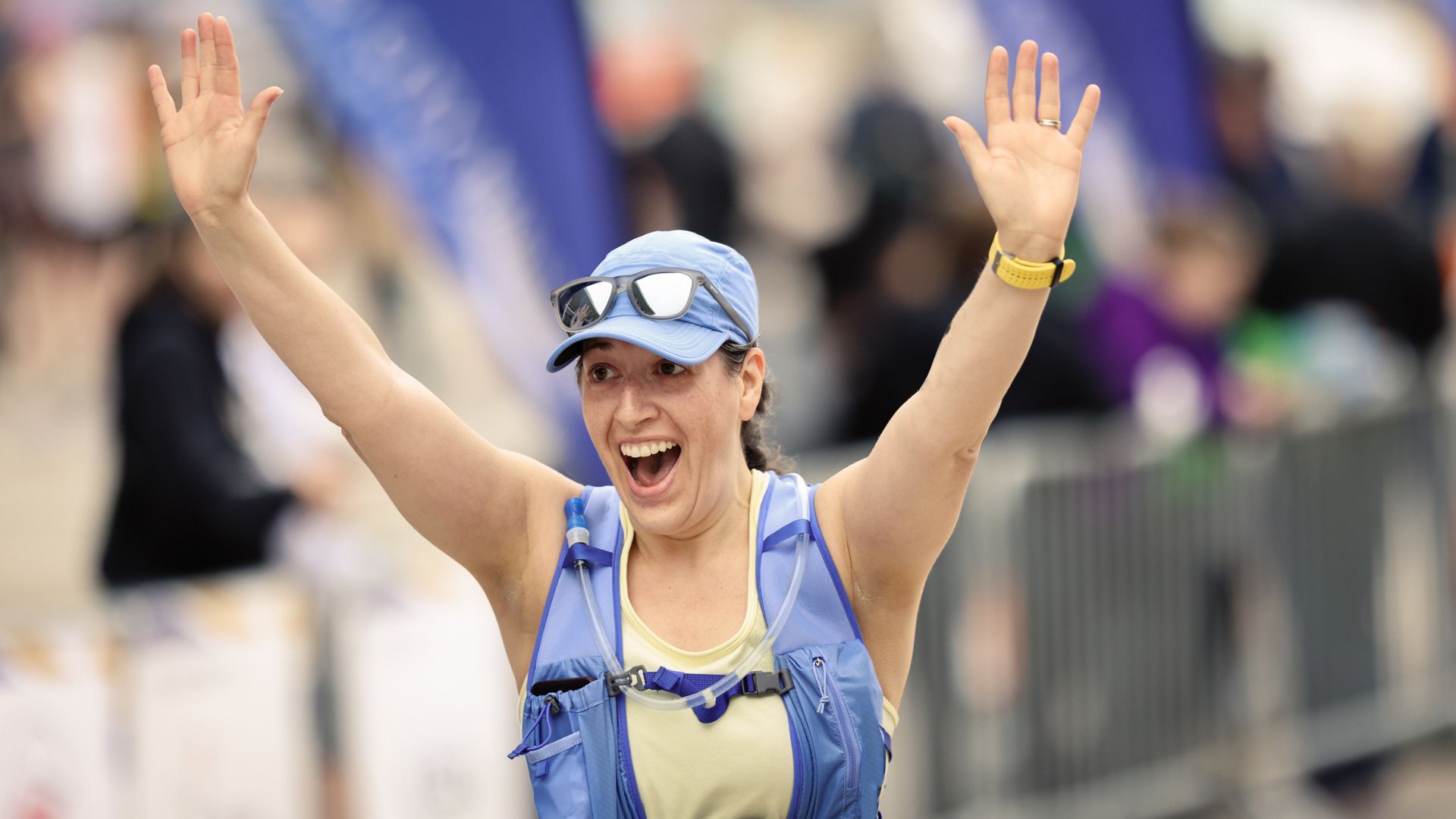
Once you're comfortable with running 5km, you might like to set yourself a challenge. Many organisations offer 5km, 10km, half-marathon, and even marathon races throughout the year, gathering people together on a closed-roads route with support stations along the way.
While these events can be competitive, with prizes awarded for first, second, and third place, many people just run them for enjoyment.
Join a run club
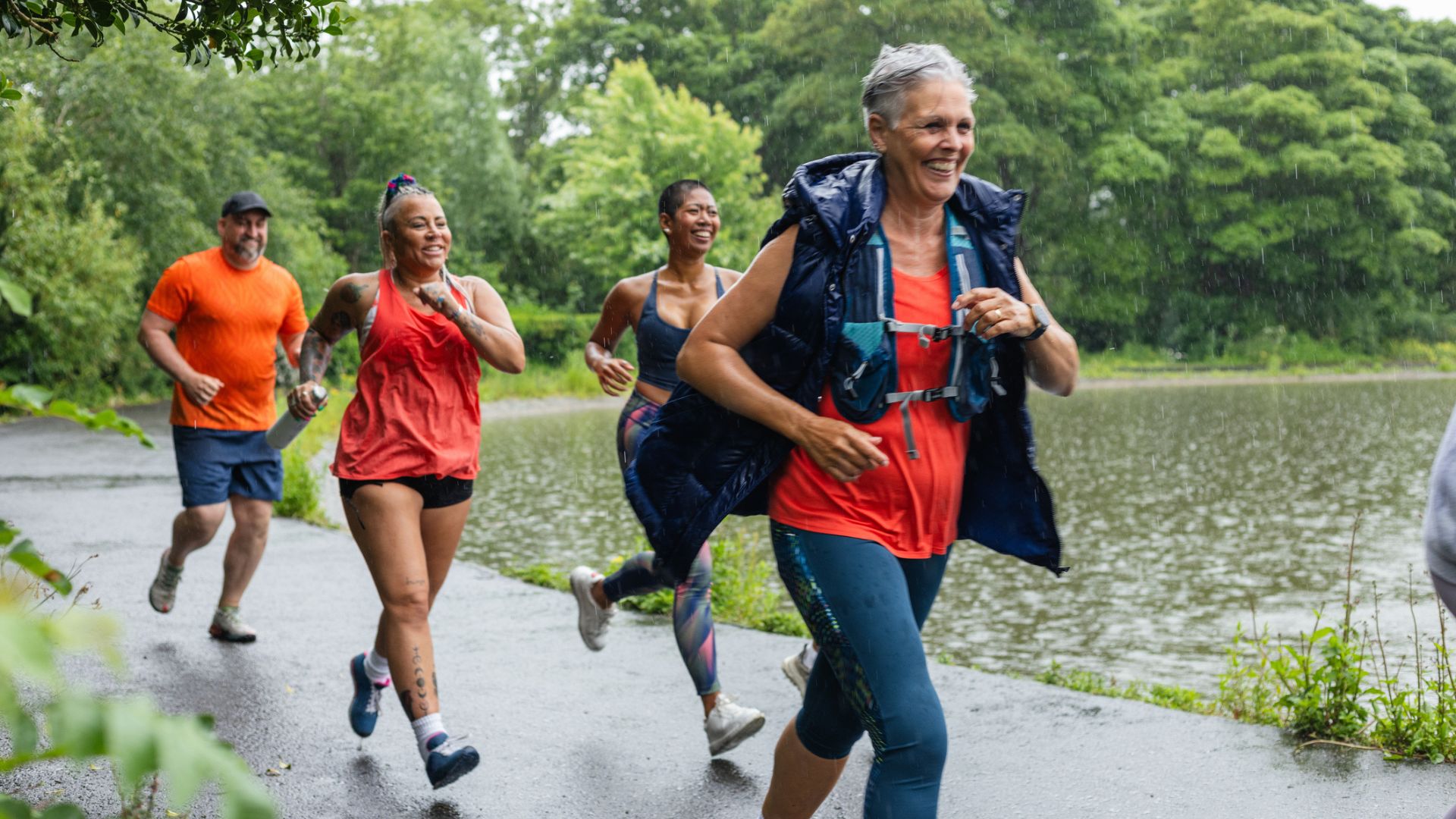
There are two types of runners out there - those who like to run in a group and those who prefer to run by themselves. If you're struggling with motivation to run or would like to incorporate a social element into your weekly training, run clubs are a great way to do this.
You'll also easily get to grips with different training types when you join a run club, such as long runs, interval training, track sessions, and even strength training.
Check out the apps

With running being such a popular sport, there are a plethora of apps out there to help improve your performance and increase your motivation. Some act like social media sites, enabling you to share your progress with others and take part in virtual community events, while others are useful for finding new routes in your local area.
Many are also free to download and use.
Have a running gait analysis test

A running gait analysis is a test you can do in a specialist running shop, more often than not, where you run on a treadmill and a specialist takes a look at your running style to determine what kind of running shoe would suit you best.
The test is often free, given that you'll likely then buy a pair of running shoes after the analysis to accurately match your style, and it can be very useful if you're new to running to find a shoe that actually works for the way your feet land on the ground when you run.
Be wary of wearing out your trainers

How often you should change your running trainers will depend on how often you run, the type of running you do, and the quality of the shoes. However, most running shoes last for between four to six months (or 300 to 500 miles) before they need to be changed.
Running in worn-out shoes can cause discomfort when you're on the move and lead to injuries as your feet are improperly supported during exercise.
Find a friend

Run clubs and races can help you find a new running community but you may have one already. If you're new to running, speak to your friends about your new-found hobby. You never know, you may have a friend or family member who is already a keen runner or looking to take up the sport themselves.
Research shows that having support towards hitting a goal means you're more likely to stick to a plan. It can also hold you accountable and offer much-needed motivation on the days when training feels harder.
Eat before you run

It's best to eat before you run if you're planning on going for a longer distance. Having one of the best foods to eat before a workout can give you the energy you need to perform at a good level, avoid injury, and stay comfortable.
However, you can experience some digestive discomfort if you eat too close to your run, so aim to leave two hours before heading out if you're eating a full meal - or 30 minutes if it's just a small snack.
Refuel after your run

After you get back from a run, prioritise food rich in complex carbohydrates (such as oats and wholegrain foods), protein (such as eggs or lean meats), and fibre (like fruits and vegetables), as these can help replenish the energy stores lost during your workout.
If you don't refuel properly after your workout, you may find you feel tired and lethargic for the rest of the day. For the same reason, it's important to drink lots of water.
Eat more protein

If you're taking up running - or any exercise for that matter - protein will become your new best friend. This is one of the most filling macronutrients, so will keep the inevitable hunger cravings that come with doing more exercise at bay.
Protein is also essential for muscle growth and repair. When you run a new instance or at a new, increased effort, tiny tears natural form in your muscle fibres. Protein is one of the building blocks of muscle, so having enough of this is essential to build and repair these muscles, which in turn helps you improve and get stronger.
Avoid fibre on the move

Much like protein, fibre is a very filling macronutrient. This makes it a winner for post-exercise recovery. However, it's certainly one to avoid when it comes to running snacks.
Too much fibre in snacks you eat on the move can lead to digestive discomfort pretty quickly. Not only is it slower to digest than others, meaning it sits in the stomach for longer, but it also helps the digestive system get moving. Not something you want when you're on the move and away from home.
Stock up on electrolytes

Electrolytes are minerals including potassium, magnesium, phosphate, sodium, and calcium. We get them naturally from the food and drink we consume. However, they are also largely lost when we sweat.
As running is a higher-intensity exercise, you're likely to sweat more than in other exercises, so it's important to stock up on plenty of electrolytes after your run. You buy electrolyte tablets to put in water or sprinkle some Himalayan rock salt into your water, as this is naturally high in these important minerals.
Pay attention to your surroundings

As motivating as music and playlists can be when you're running, it's important to pay attention to your surroundings when you're on the move. Keeping an ear out for cars, other runners, walkers and cyclists in everyone's best interests and best for personal safety.
This is certainly the case if you're running in the city with lots of traffic, on the side of fast country roads, or on busy trails.
Diversify your training

If you're training for a running event, there is no better activity than running to make progress. However, if you're just looking to improve your fitness, it's a good idea to combine your running with other cardio exercises.
This is known as cross-training. Typically, people will cross-train with cycling, walking, or swimming. These offer many of the same benefits as running but aren't as high-impact, giving your bones and joints a rest.
Get inspired

With running being such a popular sport, there's plenty of inspiration out there. From documentaries on famous sportswomen and men to the most recent Olympics and World Championship events, there's so much inspiring running content out there that can help boost your motivation and help you learn about the sport.
Following your favourite runners and influencers on social media can also help you stay engaged, learn about new running brands and events, and connect with likeminded people online.
Increase your pace and distance gradually

It's important to start slowly if you're looking to improve your running performance, whether that's going a longer distance or running faster. Most experts recommend increasing your mileage by up to 10% every week - unless you're not used to running longer distances, in which case 3% to 5% may be enough. So, for example, if you normally run 10 miles every week, increase this by up to 1.5 miles every week.
This limit is backed up by research which suggests that those who up their distance too quickly are more likely to get injured compared to those who increase it gradually.
Try interval training

Interval training is alternating short bursts of exercise with periods of rest or a lower-intensity activity, like walking. It's a very useful exercise for those looking to build their fitness with shorter workouts.
For example, you may run at full speed for 40 seconds, followed by a short 20-second rest. You can do interval training outdoors, on a treadmill, or another piece of cardio equipment - such as the rowing machine or bike.
Try hill training

Much like interval training, hill training is another type of running to add to your routine if you're looking improve your distance or pace. Running uphill challenges your body more than running on a flat surface, improving your cardiovascular fitness, endurance, and increasing muscle strength.
To make a difference, hills should be between 5 and 10% gradient. Those more familiar with hill training and the effort needed may be comfortable going up to 12%.
Expect injuries
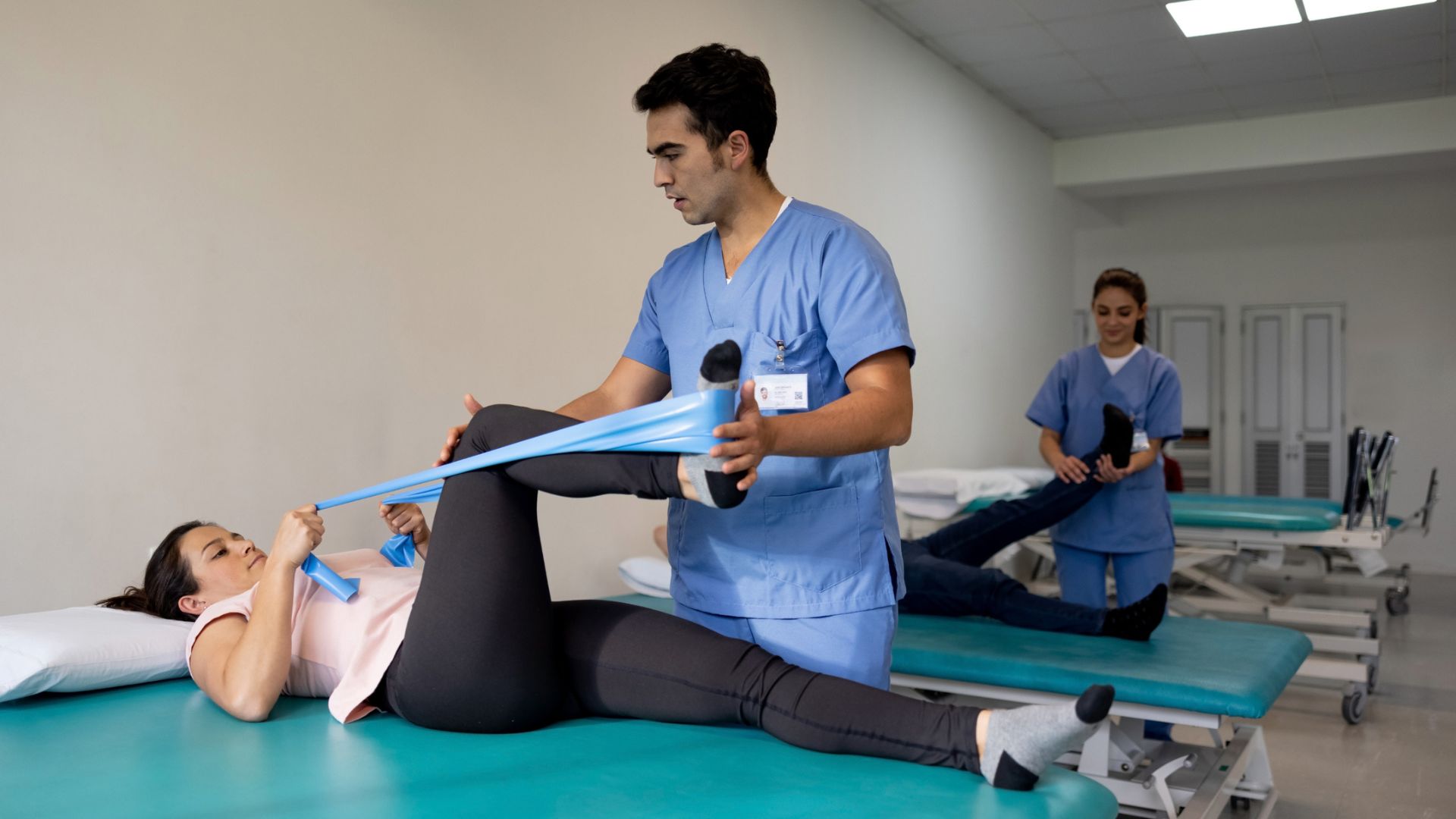
Unfortunately, it's normal to experience discomfort or even injury at some point in your running journey. Running is a high-impact activity that puts a lot of pressure on the bones, tendons, and joints.
Some of the most common running injuries include shin splints, which is pain and inflammation along the shin; plantar fasciitis, a condition that affects the band of tissue on the underside of the foot; piriformis syndrome, which is pain that starts in the buttocks and runs down the leg; plica syndrome, which affects the soft tissue on the inner lining of the knee joint, causing knee pain; and calf and ankle strains and sprains.
Try different kit

The kit you start running in may not be the kit you're still running in six months down the line. You should change your kit seasonally to match the weather - wearing running shorts and lighter t-shirts without a sweater in summer, for example - and try out different kit types to find out what kind you like.
For example, with running shorts, some people find biker-style shorts with tight material more comfortable than loose running shorts that flow away from the centre of the body. Equally, it's perfectly normal to find a running vest more comfortable than a waist-anchored running belt.
Stay local if you're new to running

If you're new to running, it's best to start your run at home and return there when your workout is done. While it can be tempting to explore new terrains, in the early stages of running, safety and comfort should be the top priority. You don't want to end up fatigued miles away from home - or worse, with an injury away from home.
When you've been running consistently for a few months, you may like to go further afield, confident in your improved fitness and agility over various terrains.
Add wrist or ankle weights

Wrist and ankle weights can be a great way to level up your running routine if you're looking to improve your strength, endurance, and speed, or create a harder training environment to lose weight.
You can buy ankle and wrist weights relatively cheaply online or invest in a weighted vest for running, which offers the same benefits but with a heavier weight spread across more of your body.
Minimise chafing

Think of chafing potential when you're getting dressed to go out on a run. For some people, this will mean opting for longer shorts or leggings, instead of shorter ones with more opportunity for leg chafing. Some people find a running vest chafes around the chest and armpit areas, so they opt for a running belt instead.
You can also buy specialist creams to apply pre-run for extra resistance to chafing on the move.
Stock up on recovery essentials

To aid recovery, it's a good idea to stock up on refuelling and recovery essentials - such as protein powder, which offers about 20g per serving and makes for a great post-run shake, and electrolytes.
If you're regularly running, you may find it useful to have a foam roller at home and resistance bands to help stretch out your muscles pre- and post-run.
Don't compare yourself to others
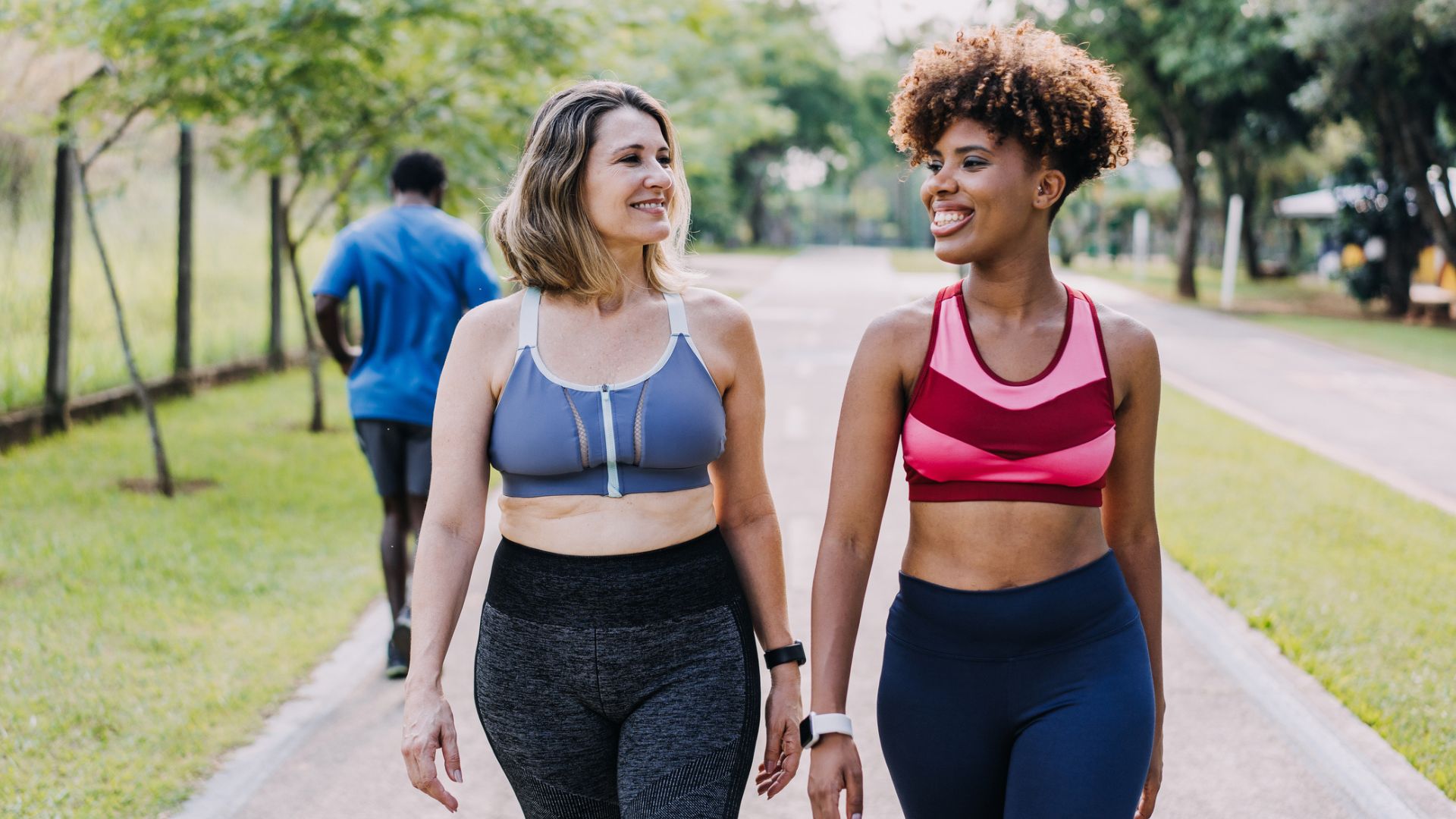
If you regularly run with others or engage with running content online, it can be very easy to compare yourself to others. And as easy as it is to say, it's best to avoid doing this. Not everyone has the same time to devote to running and improving their fitness. Some people are physically better suited to running than others.
Focus on your own individual goals and you'll find yourself improving in no time, with a better headspace around it.

Grace Walsh is woman&home's Health Channel Editor, working across the areas of fitness, nutrition, sleep, mental health, relationships, and sex. She is also a qualified fitness instructor. In 2025, she will be taking on her third marathon in Brighton, completing her first ultra marathon, and qualifying as a certified personal trainer and nutrition coach.
A digital journalist with over seven years experience as a writer and editor for UK publications, Grace has covered (almost) everything in the world of health and wellbeing with bylines in Cosmopolitan, Red, The i Paper, GoodtoKnow, and more.
